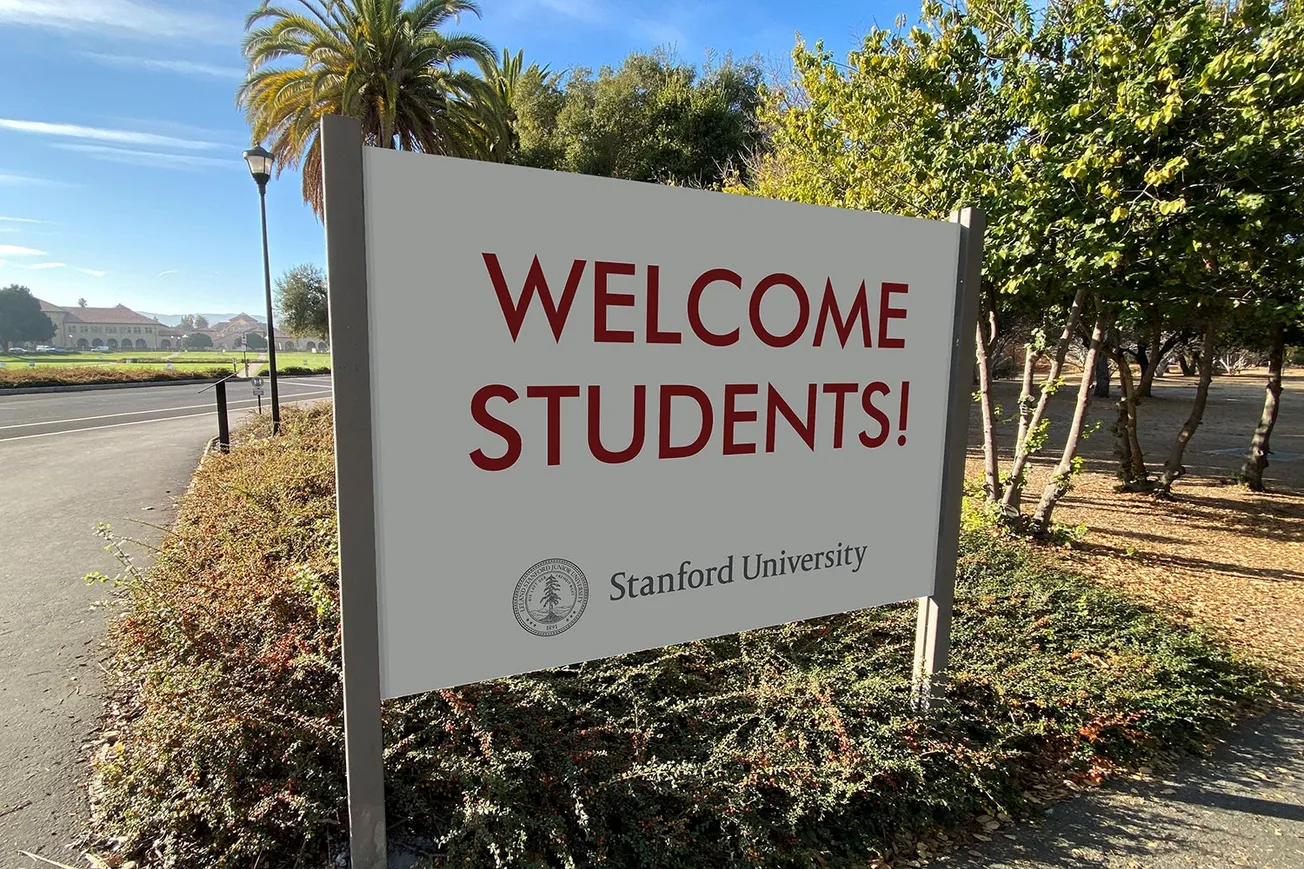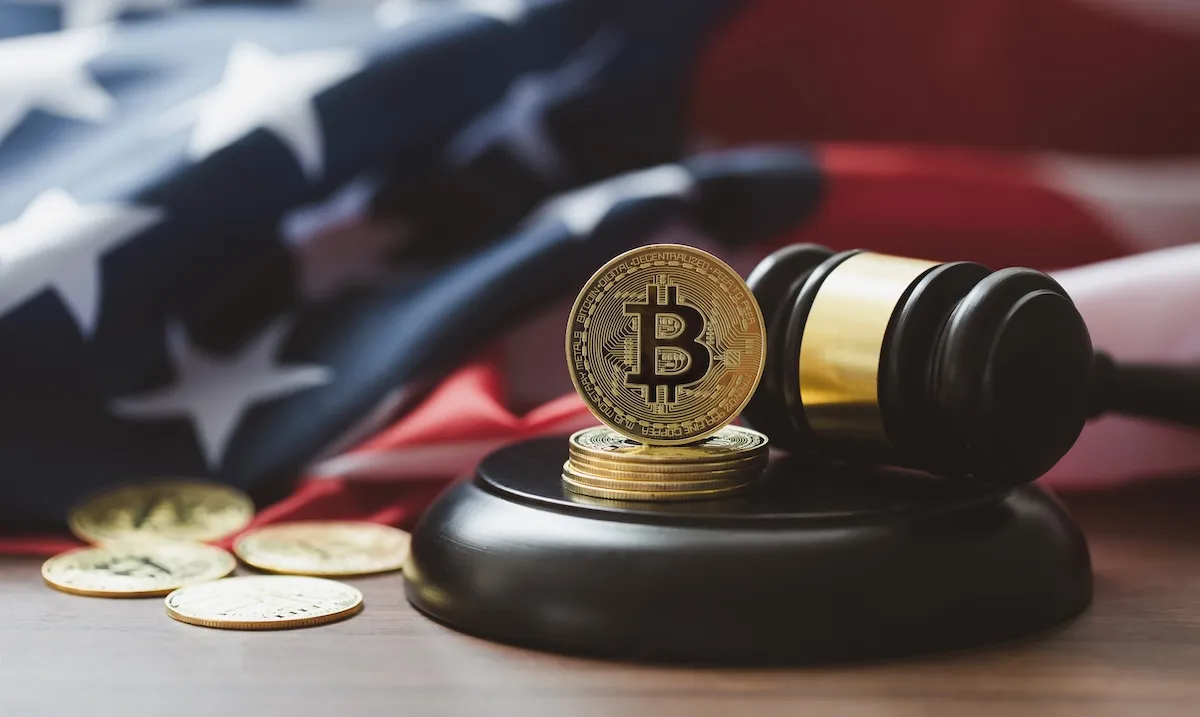Table of Contents
As a native New Yorker, I cannot deny my initial attraction to the intrigue of this new movement. Video of the now infamous pepper spray incident on September 24th and the October 1st mass arrests on the Brooklyn Bridge did pique my interest. I’ve walked those same streets countless times, and the only other moments they have been filled with people in my memory were during Yankees World Series victory parades, the 2005 transit strike, the 2004 Republican National Convention protests, and, on a more somber note, in the immediate aftermath of the collapse of the Twin Towers on September 11th, 2001. From a purely aesthetic and sentimental perspective, Occupy Wall Street looks cool.
The roots of this animosity towards the financial services industry can be described both simply—“Bankers are greedy”—or in an apparently more complex syntax—“Bankers and financiers caused the financial crisis with high-risk, high-yield strategies, conned millions of Americans out of their savings, utilized government ties to secure tax-payer financed bailouts, and continue to make profit in spite of the Global Recession.” This narrative has gained credence in communities nationwide, both liberal and conservative, driving a wedge between the hard-working, true American of Main Street and the stuffy, suit-wearing banker, looking to exploit the masses. Even the Stanford Daily, once a respected college newspaper, has taken to running editorials criticizing “reckless institutions…[that] nearly caused a second Great Depression.”
The reality? Yes, the richest Americans are a tiny minority in the United States, approximately composing that now infamous 1%. But do they deserve the negative press they’ve been received since Fannie Mae and Freddie Mac were put into conservatorship? No. Emphatically not. In fact, a brief dabble into the history preceding the financial crisis provides us with a stark description of what led to the 2008 Financial Crisis. In some respects, the members of Occupy Wall Street are correct: Greed was the underlying ideological stimulus for the 2008 Financial Crisis—it was the 99% average Americans overspending their credit card, going deep into debt for that new DVD player, Apple iPod, and shingled house with a tire swing in the backyard whose consistently irresponsible spending habits forced the American government, beginning with the Clinton Administration, to pressure mortgage underwriters, such as Fannie Mae, to expand mortgage loans among low and moderate income people. Lowering credit requirements in the housing market led to the subprime catastrophe and from there, sadly, the rest is history. Now, realizing that the American government and financial services have learned the debilitating risks of lowering credit standards and deregulation in order to acquiesce to the whim of the sightless American consumer, the same people who overspent throughout the 1990s and early 2000s have turned to their only other respite—making noise and gathering attention by furthering a narrative “propagated by government officials” seeking to escape culpability by demonizing the most financially successful Americans.




